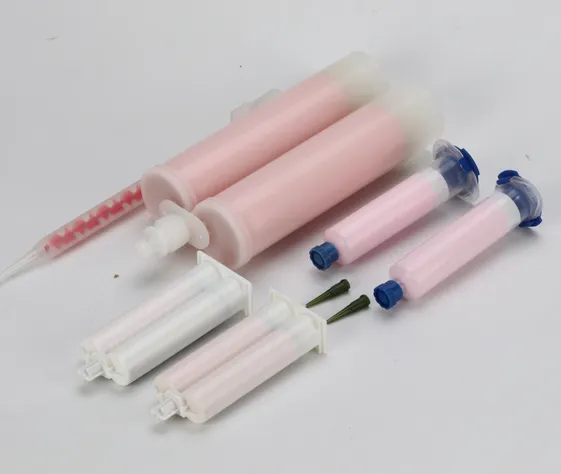
Thermally conductive gel is a soft silicone thermal gap filler material with high thermal conductivity, low interface thermal resistance and good thixotropy. It is an ideal material for applications with large gap tolerances. It is filled between the electronic components that need to be cooled and the radiator/housing, etc., to bring them into close contact, reduce thermal resistance, and quickly and effectively reduce the temperature of the electronic components, thereby prolonging the service life of the electronic components and improving their reliability. Thermally conductive gel has excellent self-adhesive properties, is easy to handle, can be reused, and is widely used in low pressure situations.
Thermally conductive gel has many excellent properties, such as long service life, no cracking, anti-sagging, good compressibility and so on. When consulting the thermal gel, in addition to the necessary performance parameters, people will also deliberately ask about its cracking. So how is the thermal gel cracking test performed?
Thermal gel
At present, the main test method is to put the thermal conductive gel sample in the thermal shock box, after a long time of ultra-low temperature and high temperature exchange, to simulate the operating environment of the thermal gel in work, generally multiple sets of temperature differences are alternated, and the test has No cracking or degree of cracking. Qualified thermal gel did not crack after testing, and unqualified thermal gel showed cracks like thermal grease.
There is a shortcoming of thermal conductive silicone grease that many people know, that is, it will crack and crack after long time use. It needs to be cleaned and reapplied regularly. Thermal conductive gel is different from thermal conductive silicone grease. Thermal conductive gel does not crack and has a long service life. Why thermal gel has always been admired by people, even if its price is higher than thermal grease.
Thermal conductive gel raw materials and production equipment and processes are more complicated than thermal conductive silicone grease, so not all thermal conductive material manufacturers can produce it. The cracking performance test is an important test to test the reliability of thermal conductive gel. In addition to a manufacturer’s test report, it can be tested on its own or sent to a third-party testing agency.

 English
English
 usheenthermal
usheenthermal



